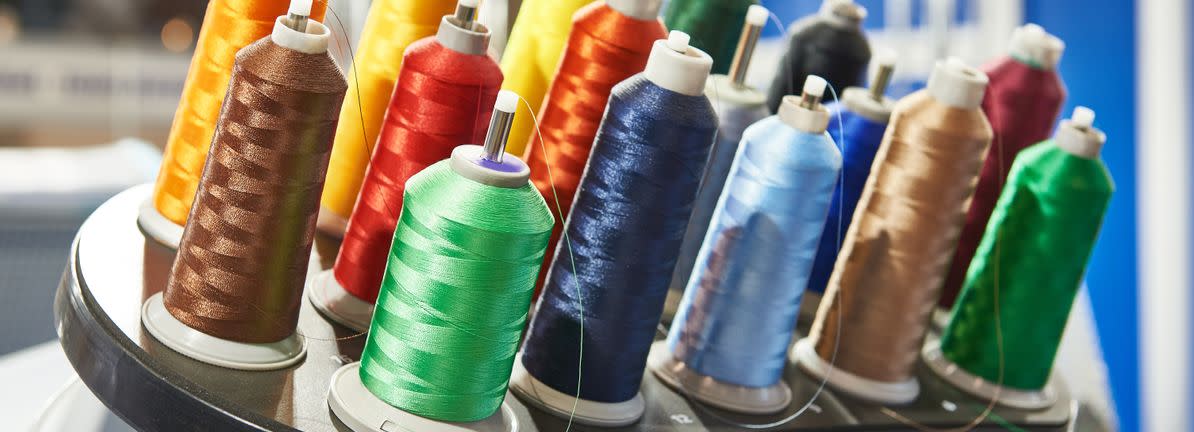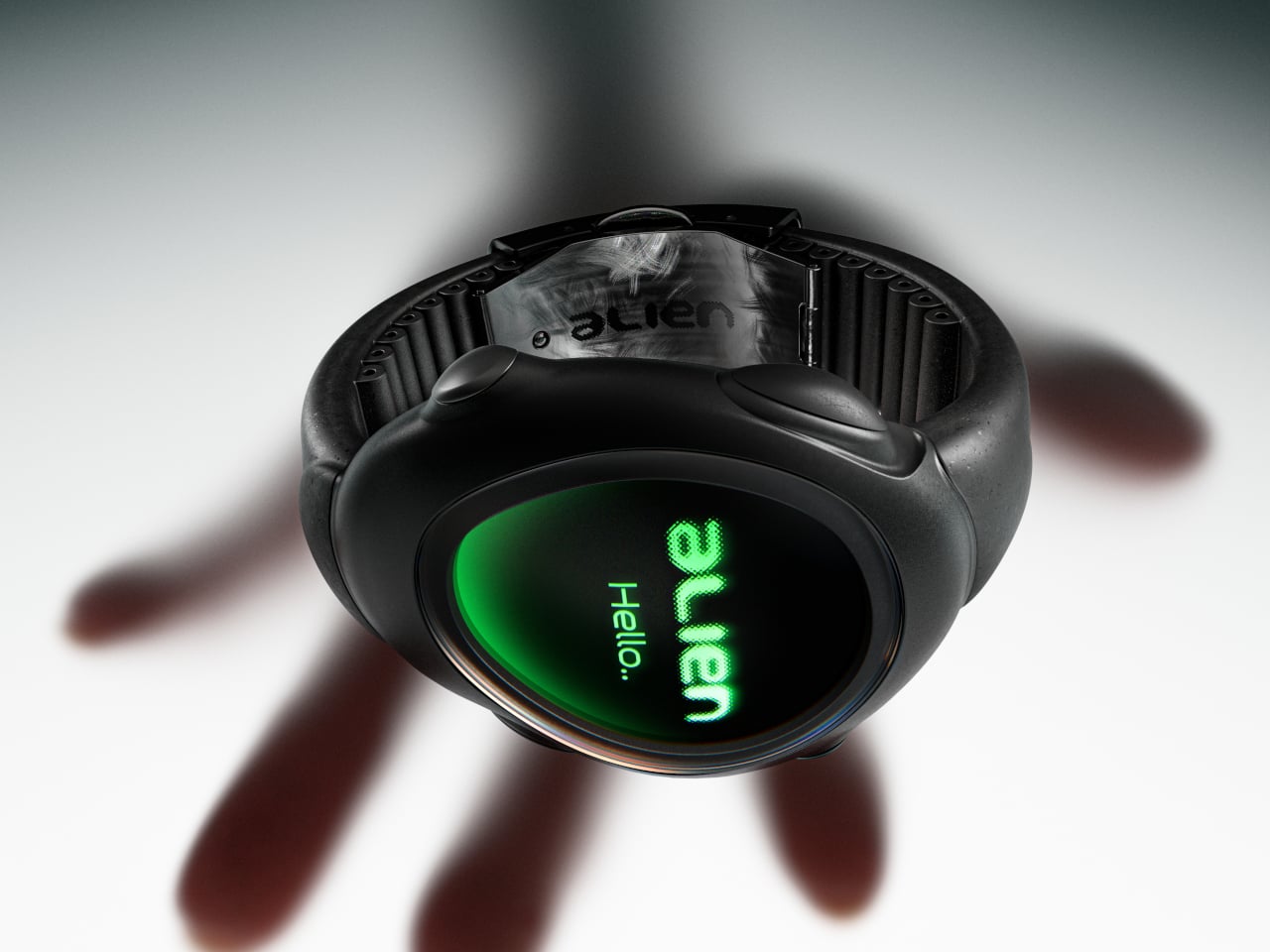If we want to find a potential multi-bagger, often there are underlying trends that can provide clues. Typically, we'll want to notice a trend of growing on capital employed (ROCE) and alongside that, an expanding of capital employed. Ultimately, this demonstrates that it's a business that is reinvesting profits at increasing rates of return.
Although, when we looked at ( ), it didn't seem to tick all of these boxes. For those who don't know, ROCE is a measure of a company's yearly pre-tax profit (its return), relative to the capital employed in the business. To calculate this metric for Oceancash Pacific Berhad, this is the formula: 0.

044 = RM5.9m ÷ (RM149m - RM13m) . Thus, In absolute terms, that's a low return and it also under-performs the Luxury industry average of 8.
2%. While the past is not representative of the future, it can be helpful to know how a company has performed historically, which is why we have this chart above. If you're interested in investigating Oceancash Pacific Berhad's past further, check out this .
When we looked at the ROCE trend at Oceancash Pacific Berhad, we didn't gain much confidence. To be more specific, ROCE has fallen from 7.7% over the last five years.
Given the business is employing more capital while revenue has slipped, this is a bit concerning. If this were to continue, you might be looking at a company that is trying to reinvest for growth but is actually losing market share since sales haven't increased. In summary, we're somewhat concerned by Oceancash Pacific Berhad's diminishing returns on increasing amounts of capital.
And long term shareholders have watched their investments stay flat over the last five years. That being the case, unless the underlying trends revert to a more positive trajectory, we'd consider looking elsewhere. Oceancash Pacific Berhad does have some risks, we noticed we think you should know about.
For those who like to invest in check out this.



















